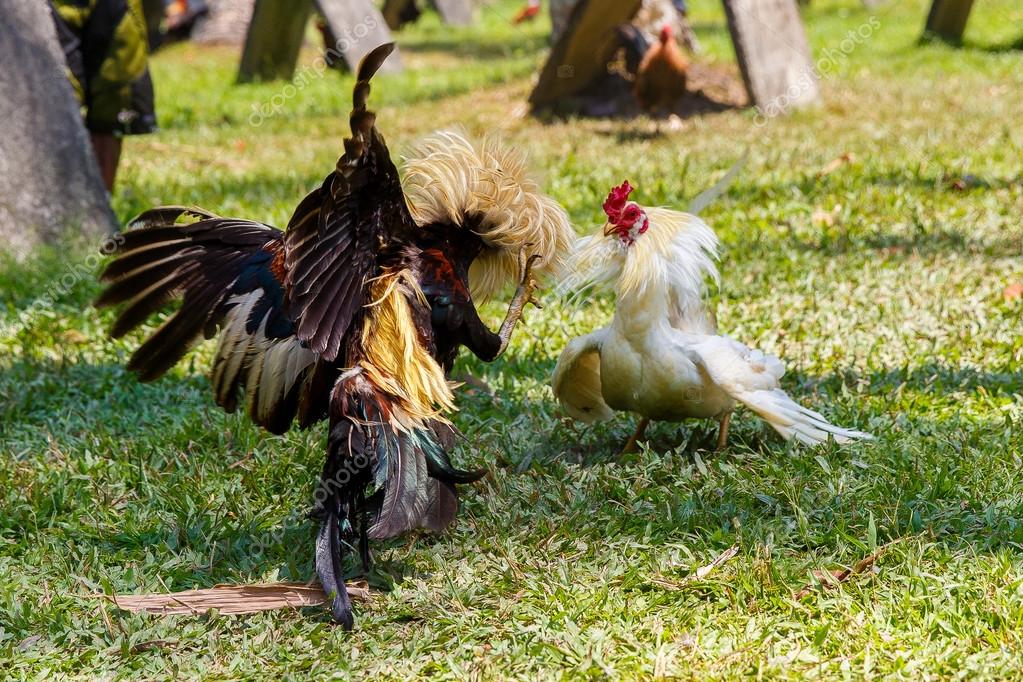
Cock fighting has a vast and controversial history that spans centuries and continents. Originating in old civilizations, this practice has developed from informal backyard gatherings to organized events in large arenas, attracting both fervent supporters and vehement critics. At its heart, cockfighting involves the display of two roosters, bred and trained for combat, set against each other in a battle that tests their strength, agility, and combativeness. This age-old tradition reflects deep cultural roots, often linked to themes of bravery, honor, and rivalry.
As we explore the history of cockfighting, we will examine its evolution over the years, looking into how it has adapted to social changes and legal challenges. In some areas, it remains a cherished cultural event, featuring intricate ceremonies and enthusiastic audiences, while in others, it faces opposition amid growing concerns for the welfare of animals and welfare. Understanding this development provides insight into the complexities of cultural traditions and the ongoing discussion surrounding the ethical implications of animal sports.
Ancient Roots of The Sport of Cockfighting
Cockfighting has origins that extend far millennia of time, with indications suggesting that it emerged in ancient civilizations such as the Indian subcontinent and ancient Persia. Documented records indicate that the practice was not only a source of entertainment but also a means of social status and agricultural heritage. The sport quickly spread across various cultures, each adding its unique customs and rules, leading to the widespread acceptance of cockfighting as a competitive event.
In ancient Greece, cockfighting was linked with ceremonial rituals and honored for its intense nature and strategic play. It was depicted in art and written works, showcasing the significance of the sport within that culture. The Roman Empire adopted the tradition, further spreading it as they expanded their empire. Cockfighting became an essential part of Roman leisure, often held in coliseums and viewed as a display of both ability and courage.
As the centuries went by, cockfighting found its way to various continents, including Europeans and the New World. Settlers brought the tradition with them, leading to the creation of cockfighting venues in many societies. bắn cá rr88 It evolved to reflect local traditions, and in many places, it became a local happening that attracted large audiences, solidifying its place in the cultural context of numerous communities throughout time.
Cultural Importance and Practices
The sport of cockfighting has long been stitched into the fabric of many cultures around the globe. It serves as an essential communal activity that brings communities together, often held during celebrations and public celebrations. The practice can be seen as a form of entertainment that encourages connections and a sense of belonging among participants and spectators alike. In various societies, the traditions surrounding the events are deeply rooted in heritage, often accompanied by specific customs, melodies, and food, further enriching the communal experience.
In addition to its communal aspects, cockfighting is often linked with local economic practices. Enthusiasts invest considerable amounts of effort and money into breeding and preparing their birds, viewing these efforts not just as pastimes but as passionate pursuits. This investment contributes to a local market that thrives on the trade of birds, goods, and wagering. The sport’s economic impact can be large, especially in regions where it garners broad interest, resulting in various ancillary businesses flourishing around the main event.
Moreover, cockfighting has sometimes been a source of debate, particularly regarding animal welfare issues. Despite the controversy surrounding its moral questions, many supporters argue that the relationships formed between owners and their birds showcase care and commitment. This bond is often illustrated in the process that includes nurturing and grooming the birds for bouts. Such perspectives demonstrate how cockfighting is not just merely a spectacle; it represents a complex combination of culture, economy, and moral issues that vary widely across different communities.
Lawful and Ethical Debates
Cockfighting has long been a topic of intense legal and moral debates. In many countries, the activity is illegal due to animal welfare concerns, as it often results in serious injuries or death for the birds involved. The handling of the animals as mere commodities for entertainment raises significant ethical questions. Advocates for animal rights argue that all forms of animal fighting should be outlawed, citing the suffering inflicted upon the animals and the mental impact related to such practices on people involvements and spectators.
Despite the increasing recognition of these moral concerns, cockfighting remains prevalent in some areas, often operating in a lawful gray area or under traditional justifications. Proponents argue for its cultural importance, suggesting that it is a long-standing custom that fosters community and social engagement. In places where it is explicitly prohibited, underground fights can be profitable, leading to debates on the efficacy of law enforcement in curtailing the practice and the societal factors that sustain its continuation.
The judicial framework surrounding cockfighting continues to change, with increasing legislative efforts aimed at banning the practice. Some regions have taken steps to implement harsher penalties and raise public knowledge about animal cruelty. However, challenges remain in balancing respect for cultural practices with the urgent need for animal welfare reforms. As discourse around morality and legality advances, the future of cockfighting hangs in the fate, reflecting broader societal principles regarding our treatment of living beings.